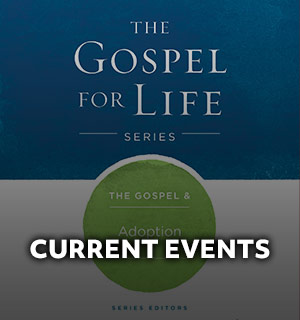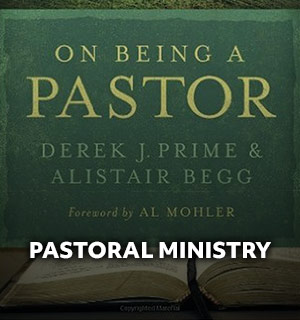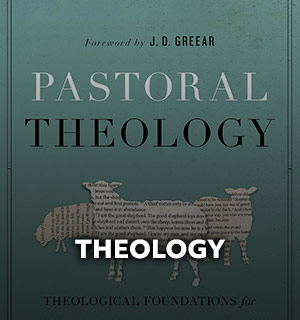
By Josh King
Someone once said if no one is following you, you’re not a leader; you’re just going for a walk.
To that end I believe it’s wise to ask those you’re leading what they think and how they feel. I know feelings are not something church leaders prefer to deal with, because they’re fickle.
But they’re also a reality.
Our church recently used a free Lifeway Research survey to ask our members how they’re feeling about local stay-at-home restrictions and the potential of meeting back together.
We included the option for other churches to use the same survey because working together is always better than trying to navigate uncharted waters alone.
This also provided more data that could inform near-future decisions.
The results were interesting. I’m not a statistician nor do I pretend to be.
I won’t give you actual numbers, but I’d like to share with you what a few churches in a medium-sized, college town suburb, in the Bible Belt found about the attitudes of their people about coming back to church.
1. Most people were nervous about coming back to church.
About a quarter of those who answered said they were ready to rush back the very first day, but the rest had various levels of concern including a number that said it would be quite a while before they attend.
This helps because we are not going to try accommodate the numbers that were attending before we went online, at least not at first.
2. They are overwhelmingly flexible.
Nearly everyone said they’d be willing to move service hours and locations in order to accommodate as many people as possible.
Local leaders were encouraged by this because it gives us a lot of freedom. Our church had three in-person services, one of which has always been the largest.
Knowing people are flexible means we can try to push more people to one of the previously less popular services and many will respond positively.
3. They don’t want to be in full rooms.
They don’t even want them half full.
This makes sense. But it does tell us that while we may want to try to fill the room to at least 50% capacity, they would rather keep it a little lighter.
4. The children are staying with the parents.
Given that most of what I have heard says children are at low risk for COVID-19, and many parents might be craving a break from the kids, I thought they would rush to have their kids in a safe, clean, and energetic environment.
The majority who responded to the survey said they would keep the kids with them. That’s obviously going to adjust how many we can fit in a room and other things, like service length and content.
It’s all helpful and I think I would sum it up this way: The people in the church are more apprehensive than I first assumed. But then again, that’s why we ask.
Many of you reading this aren’t in a southern mid-sized college town, like I am.
Some of you may be in a remote, sparsely populated area and lead a small, rural church. Others may lead in a church located in an urban, densely populated area.
Whatever your context, it’s important to follow local and state guidelines. And outside of that, it’s critical that you get a read on the pulse of your church and learn how you can best serve and lead them.
JOSH KING (@JoWiKi) is the pastor of Second Baptist Church in Conway, Arkansas, husband of Jacki, and father of three boys. He’s also a co-host of the EST.church podcast.
Click here to download the Lifeway Research COVID-19 Congregational Survey.








